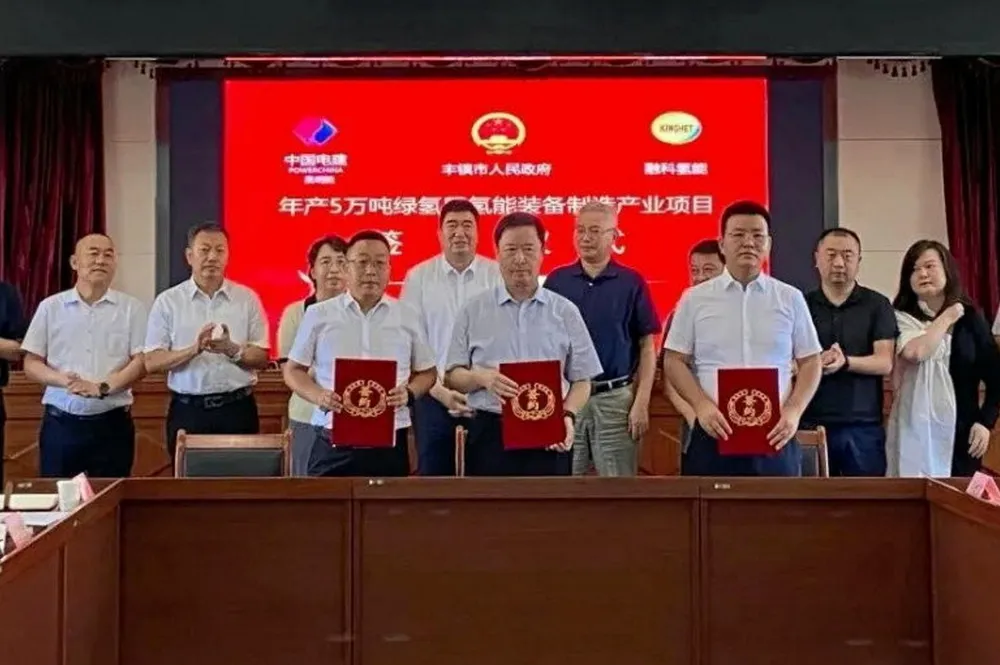'World's largest PEM green hydrogen project' announced in China, backed by $4.5bn of investment
Nation can produce cheap alkaline electrolysers, but is behind the West when it comes to proton-exchange-membrane machines

Nation can produce cheap alkaline electrolysers, but is behind the West when it comes to proton-exchange-membrane machines
